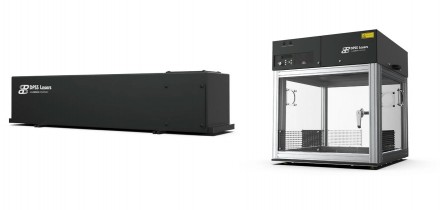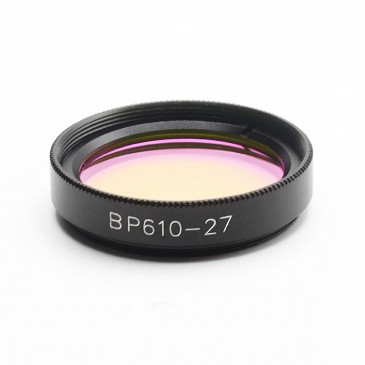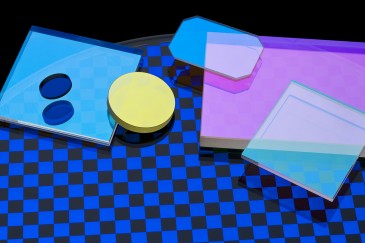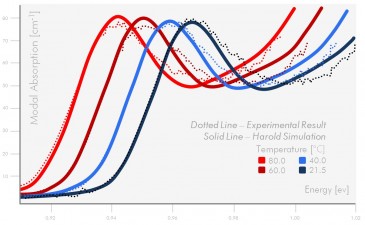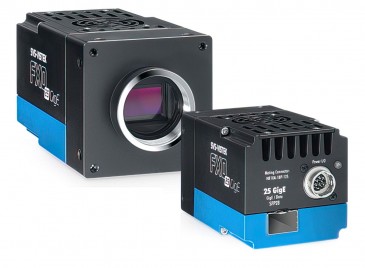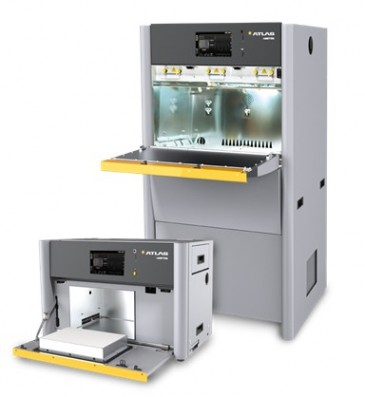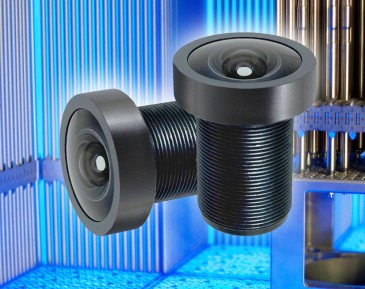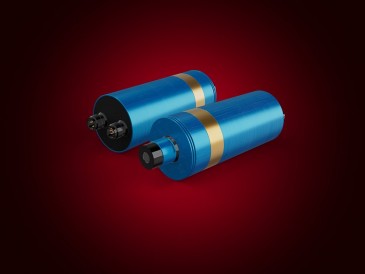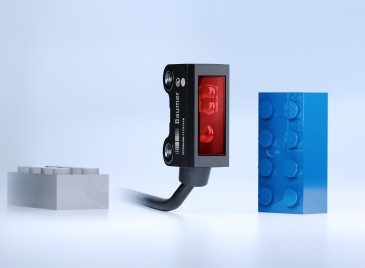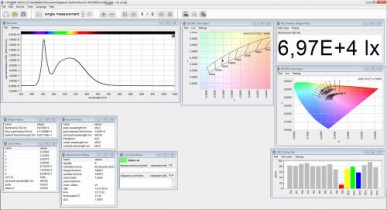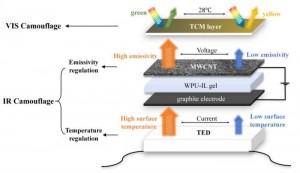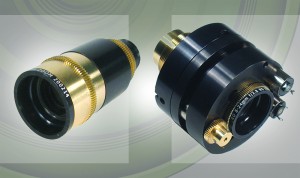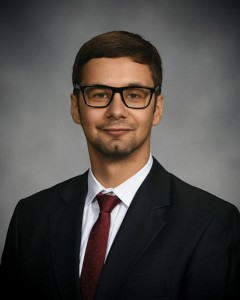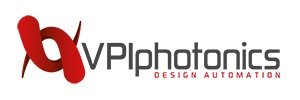
Almost 17,000 individuals attended OFC 2025, the premier global event for optical networking and communications. The event concluded today in San Francisco, uniting the optical communications community for a successful week of groundbreaking technical presentations, demonstrations and industry discussions.
OFC is the industry’s most comprehensive gathering—featuring forward-looking research, dynamic exhibition programming and vital industry networking that bridges innovation from the lab to real-world applications and commercial deployments.
The Numbers
- 16,700 attendees from 83 countries (pre-audit)
- 685 exhibitors and 170,000 net square footage, the largest OFC Exhibition since 2003
- 118 technical sessions and poster sessions, including 816 technical talks and posters
- 1,300 paper submissions, including postdeadline papers
OFC has once again reaffirmed its critical role as the nexus where transformative optical communications research evolves into commercial reality.
General Chair Fotini Karinou, Microsoft, said, “We saw key themes emerge that crossed both the technical conference and exhibition—from data center interconnects to the need for energy-efficient optical networks. There are remarkable advances being made across coherent transmission systems, photonic integration for AI applications and intelligent network automation. These are technologies that will fundamentally reshape global connectivity.”
General Chair Elaine Wong, Univ. of Melbourne, Australia, concurred, “As bandwidth demands accelerate exponentially, the innovations showcased this week will be instrumental in building the sustainable, high-capacity networks essential for our digital future. The collaborative spirit evident throughout the technical sessions and exhibition floor demonstrates why OFC is the premier platform where academia and industry converge to solve tomorrow’s most pressing connectivity challenges.”
The Technical Conference
The OFC Technical Conference presented 118 technical sessions. More than 800 invited and contributed talks provided insights into emerging and diverse research areas —from optics in satellite constellations for inter-satellite mesh networking and space-to-ground optical feeders to low latency optical links using hollow core fiber.
Highlights
- Advanced Data Center Interconnects: Technical presentations on 400ZR and 800ZR pluggable optics attracted substantial audiences, with researchers presenting field trial results and integration roadmaps for emerging data center architectures.
- Next-Generation Transport Networks: Talks detailed novel approaches to optical network expansion, emphasizing solutions that balance performance gains with practical deployment considerations for metro and long-haul applications.
- AI-Specific Network Architectures: Presenters discussed how AI can enable flexible, efficient and resilient resource utilization.
- Energy-Efficient Optical Networks: Research addressing sustainability and energy efficiency featured prominently in the program, with multiple presentations outlining architectures that could reduce optical network power requirements by up to 40% through innovative component and system designs.
- Purpose-built and Overlay Optical Fiber Sensing: The topic was well-represented with use cases such as vehicular traffic monitoring and earthquake detection.
- Quantum Communications and Security: The growing importance of quantum technologies was reflected in sessions exploring both fundamental research and practical implementations of quantum key distribution in optical networks.
“The combination of a high-quality technical program with a vast showcase of commercial advancements is unique to OFC and has brought me back year after year,” said Chris Doerr, Founder and CEO, Aloe Semiconductor. “If you want to see the latest in optical communications and be around the top of the top, OFC is the place to be.”
The Exhibition
The OFC Exhibition featured a vibrant showcase of innovations spanning the entire optical communications supply chain. From global industry leaders to cutting-edge startups and pioneering research institutions, 685 companies highlighted breakthrough technologies across multiple domains—driving progress, enabling next-generation connectivity and advancing a more sustainable, connected future.
Key Takeaways
- Coherent Transmission Systems: Exhibitors demonstrated significant progress in 1.6T and 3.2T coherent systems, with advances in digital signal processing (DSP) technology enabling 35% power consumption reductions while delivering substantially higher capacity for long-haul, metro and data center interconnect applications.
- Co-Packaged Optics (CPO): The CPO ecosystem is taking shape, with vendors showcasing key components and advancements. While CPO is seen as the inevitable next step in optical networking, its widespread implementation is not imminent. Exhibitors highlighted progress in integrating optics with semiconductor chips, improving efficiency and reducing power consumption, setting the stage for future data center and high-performance computing deployments.
- Photonic Integrated Circuits (PICs): The exhibition highlighted the growing maturity of integrated photonics technology, with multiple vendors presenting solutions specifically designed for AI/ML applications. These demonstrations featured improved integration density and energy efficiency critical for next-generation data center interconnects.
- Component and Test Solutions: Optical component manufacturers and test equipment providers showcased comprehensive validation platforms for 800G networks, automated testing suites that accelerate deployment, and precision measurement systems for high-speed optical interfaces.
- Network Automation and Intelligence: Multiple exhibitors presented advanced optical network management solutions leveraging artificial intelligence for predictive maintenance and automated optimization, as well as showcasing technologies that significantly improve network reliability while reducing operational complexity.
- Hollow Core Fiber: One of the most talked-about innovations on the show floor was the emergence of hollow core fiber (HCF) technologies, which promise to revolutionize optical communications by enabling light to travel through air rather than solid glass. Exhibitors showcased commercial-ready HCF solutions that significantly reduce latency and increase transmission speeds—key advantages for high-frequency trading, 5G transport and data center interconnects.
“OFC has become the definitive platform for AI infrastructure, marking the cloud’s near-complete dominance at the conference,” said Woo Jin Ho, Analyst - Hardware and Communications Equipment, Bloomberg Intelligence. “As the AI era continues to unfold, OFC remains at the forefront, showcasing innovations poised to disrupt the status quo in the coming years. A prime example is co-packaged optics, first introduced at OFC four years ago, now on the cusp of being productized for cloud networking applications.”
Show Floor Programming
OFC’s show floor programming once again reinforced the event’s status as the premier destination for expert-led content on the most pressing topics in the industry—from AI’s growing influence on network architecture to the next wave of optical technologies driving data center evolution.
Flagship “state-of-the-industry” programs, including the Data Center Summit, Market Watch and Network Operator Summit, delivered actionable insights and dynamic discussions from leading voices across the ecosystem.
“The show floor content was, not surprisingly, dominated by AI and data center optics this year, but also included market overviews, access network discussions, updates from standards bodies and panels discussing emerging technologies,” said Scott Wilkinson, CignalAI and 2025 OFC Show Floor Programming Coordinator. “The data center sessions covered a wide variety of topics from CPO to OCS to 200G/lane and more.”
OFCnet
At the heart of the OFC Exhibition was OFCnet, the event’s high-speed optical network and live testbed, enabling groundbreaking demonstrations and real-time collaboration. Spanning over 2,100 kilometers of fiber and connecting booths across the show floor to leading research networks like CENIC, Internet2 and ESnet, OFCnet supported 5.6 Tbps of WAN bandwidth. It successfully carried 1.6 Tbps over 805 km and 1.2 Tbps over 1,462 km using advanced coherent optics and an open line system—delivering real-world performance at scale.
Demonstrations from organizations showcased cutting-edge innovations in quantum networking, AI-powered optimization, big data transport and multi-vendor interoperability. Highlights included a distributed acoustic sensing setup that detected more than 100 seismic events over several weeks and throughout the conference, AI-enhanced network analytics using a custom-trained large language models (LLM) on over 1 million samples, and demonstrations of quantum-secure communications and ultra-low-latency optical performance. Over 19 million unique data points were collected during the event, powering insights into traffic prediction, performance and fault detection.
“Over its fifty-year history, OFC has built a fierce reputation as one of the must-attend shows,” said Stephan Rettenberger, head of marketing and corporate communications at Adtran. “From the conference sessions to the exhibition floor, OFC offers unrivaled opportunities to engage with the optical community and define new possibilities for the networking industry.”

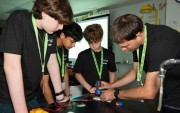





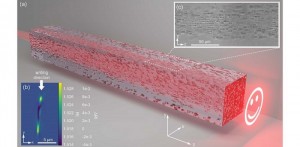
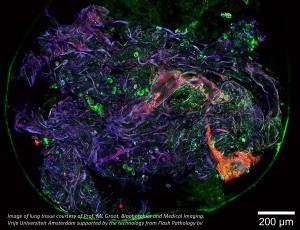

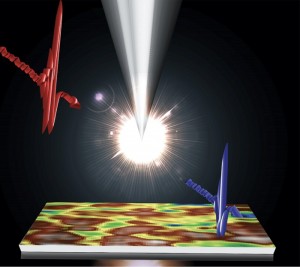

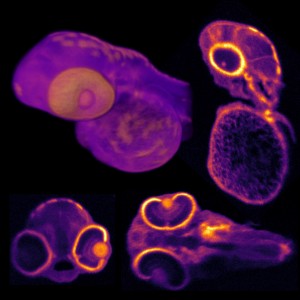
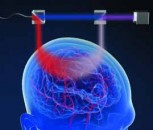

















 Back to Latest from the trade show floor
Back to Latest from the trade show floor
